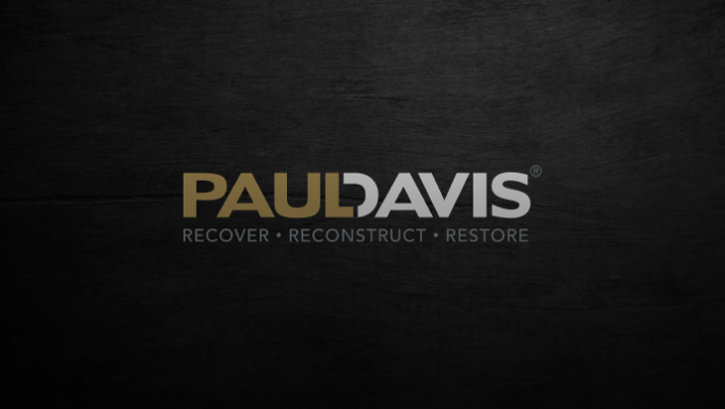When you have backed-up bathtubs, toilets or sinks that flood, it’s obvious that you’re in need of water damage restoration. Still, your home can come under water damage in ways that aren’t as clear. Because you have plumbing running throughout your residence, you can have a pipe leaking or an accumulation of condensation between your walls or ceilings. It’s an alarming incident because this isn’t visible- you won’t know until you there’s water damage, and then it’s hard to identify how long the issue has lingered.
Nevertheless, when you recognize water spots on your ceiling or damage to your walls, these are clues indicating a pipe that’s leaking or condensation generating the issue. Since the space is hidden, though, it’s hard to determine how long the issue has been at hand. Although there isn’t an approach to figure out precisely how long your water damage issue has lingered, there are some ways to diagnose whether the water damage is old or new.
Learn How Old or New Your Water Damage is with These Steps
You can figure out an approximate time frame of the damage caused from water by following this step-by-step process:
- History of the House: An older home could already have some previous damage provoked from water, so it’s essential to keep a record of what’s there and to note if the damage alters over a period of time. Keeping track of the weather is a good idea as well, since, if you have a modest leak, it can take some time for a water spot to appear. Keeping track of your water spots and damages can save you a lot of hassle when pinpointing whether the damage produced from water is old or new.
- History of the House: If your residence has any spots caused from water damage, it’s important to take note of them when figuring out whether your water damage is old or new. Furthermore, you’ll want to be aware of any storms that could bring hidden water damage to the surface like heavy rain. Know your house, since modest leaks can take awhile to appear, and if you understand what’s new and what’s old, you’ll be able to pinpoint your issue quicker.
- Touch the Spot: You’ll can figure out whether the damage produced by water is old or new just by feeling it. An old spot is going to be mushy because the material has taken in a good amount of water. A new spot is going to be moist, but the material will still feel solid.
- Look for Rings: Having rings around the damaged spot caused by water presents age. Think about it as if it was a tree- the more rings it has, the older the water damage is. Discoloration of the spot is useful since it reveals that the area leaks, dries, gets saturated, dries, so on and so forth. If it’s a new water spot, the area will be a single mark with zero rings.
- Examine the Materials: It’s fundamental to know about the materials that comprise your walls or ceilings, since things such as tiles or thick paint can actually trap the water. If this is the case, even a small water spot can mean the buildup of water has been lingering for a while.
- Mold Inspection: If you see that bacteria, or mold, is there, the damage produced by water has been present for approximately two to three days.
- Deterioration: Deteriorated material indicates that the damage produced by water is either a repeat offender or that it’s extensive because there’s standing water. A first case of water damage typically doesn’t lead to decomposition.
Get Help from a Knowledgeable Water Damage Restoration Specialist
When you’re having problems with damages that are generated by water, look no further than Paul Davis. It’s important to take care of any leaks in your house before the damage becomes extensive. Our water damage restoration professionals can locate a leak and restore your house back to normal conditions no matter how big or small the job is. Contact us now at 800-408-3290 and franchise near you will be there to assist you.



